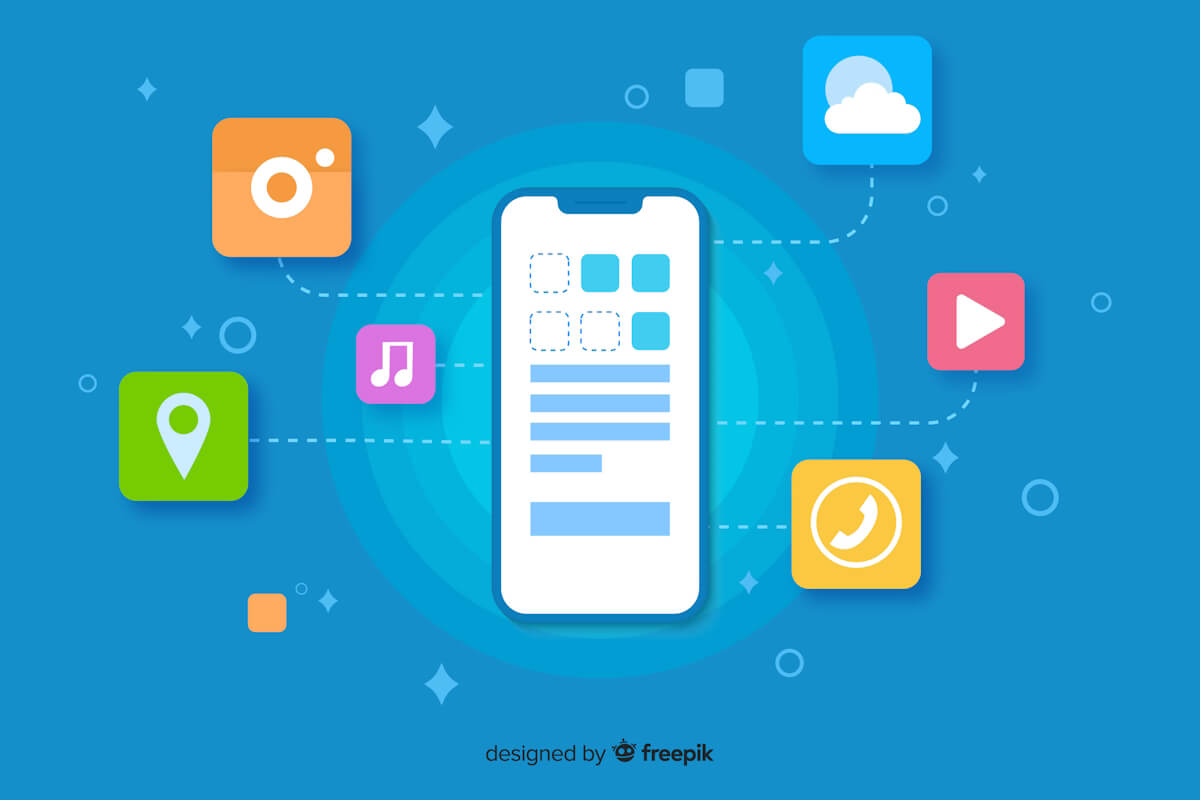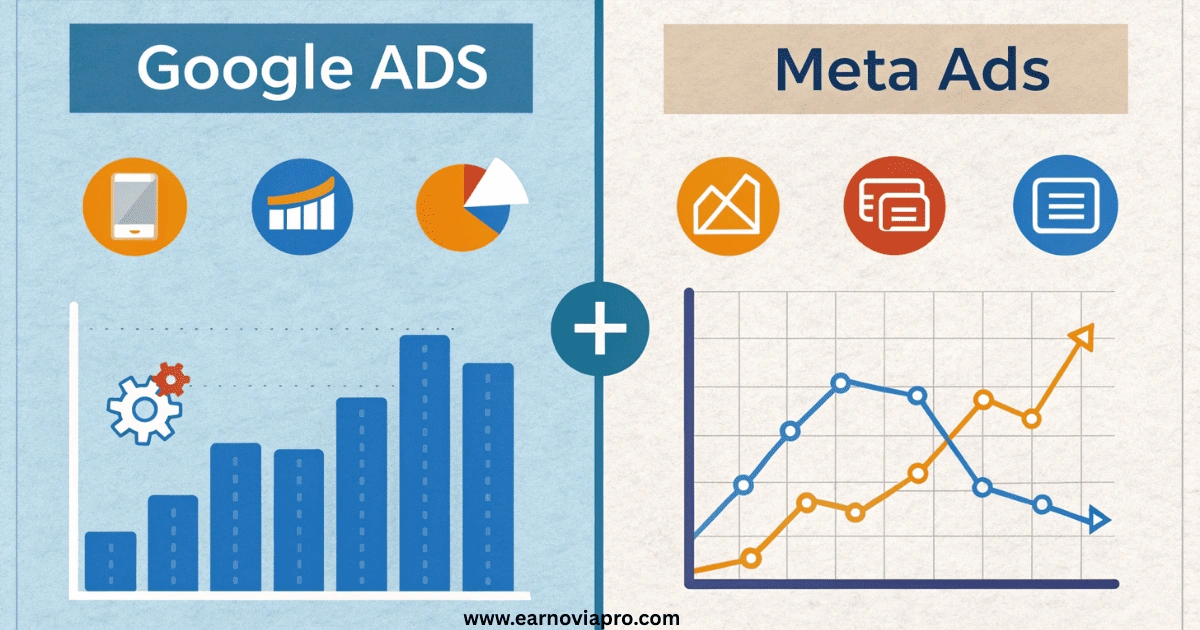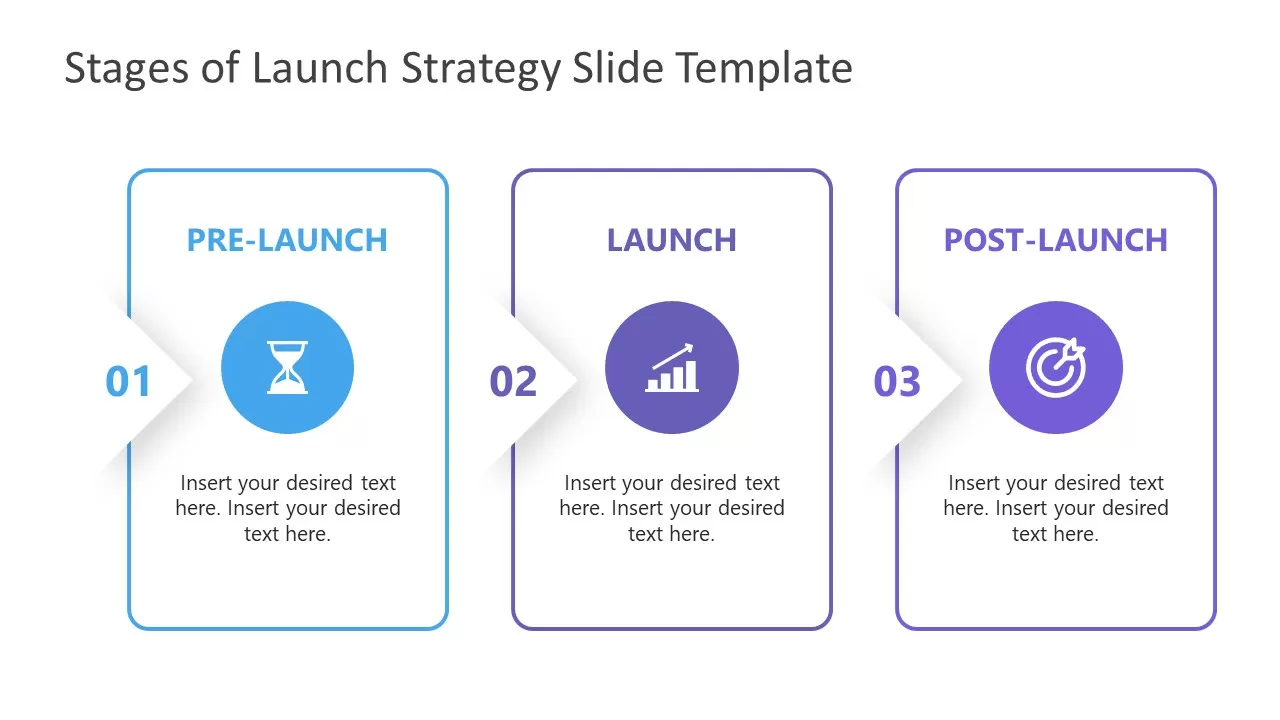In 2025, the most effective free methods for promoting Android apps include App Store Optimization (ASO), content marketing, social media leverage, community building, and utilizing alternative app stores beyond Google Play. When implemented cohesively and systematically, these strategies can deliver substantial volumes of high-quality users without requiring investment in Meta or Google Ads. Particularly, combining robust ASO with valuable content and targeted niche communities creates sustainable, long-term growth.
More importantly, you need to understand how to prioritize free channels according to each development phase—from pre-launch (building anticipation) to launch (creating breakthrough impact) to post-launch (sustaining and expanding growth). Additionally, leveraging alternative Android stores and community-driven marketing strategies helps you reach user segments that Google Play might miss. Furthermore, accurately measuring organic strategy effectiveness through free tools enables resource optimization and maximum ROI achievement.
There are 9 highly effective free strategy groups for Android apps in 2025: ASO (App Store Optimization), content marketing, organic social media, community engagement, influencer partnerships, public relations, cross-promotion, referral programs, and alternative app stores. Below is a detailed analysis of prioritization levels and implementation methods for each strategy to maximize effectiveness.

Specifically, ASO serves as the core foundation with the most direct impact on Google Play visibility. Content marketing and organic social media help build brand awareness and attract potential users. Community engagement creates loyal advocates, while influencer partnerships expand reach credibly. Particularly, combining these strategies within a systematic roadmap generates powerful cumulative effects.
ASO is the process of optimizing metadata and listing experience to increase visibility, click-through rate (CTR), and conversion rate (CVR) on Google Play, thereby driving organic downloads. Specifically, ASO encompasses keyword research, metadata optimization, and leveraging Google Play's A/B testing features.
To illustrate, an effective ASO process includes: keyword research using Play Console and tools like AppTweak and MobileAction, grouped by "problem-solution," "brand," and "feature" intent. Next, optimize metadata with 30-character titles containing 1-2 primary keywords, 80-character short descriptions conveying core value, and full descriptions of 2-3 paragraphs expanding features with natural semantic keywords. Most importantly, utilize Store Listing Experiments to A/B test icons, screenshots, and short descriptions over 7-14 days, and Custom Store Listings to create different messaging by country or traffic source.
According to Google Play Academy research (2024), listing experiments can improve conversion rates by 20-60% depending on category, generating 15-30% organic install growth through improved visibility.
YouTube Shorts excels at long-term discoverability, TikTok dominates rapid virality, LinkedIn optimizes for B2B/creator reach, while Reddit prioritizes genuine value over overt promotion. Conversely, Twitter/X suits thought leadership through build-in-public threads and mini-demos.
More specifically, YouTube Shorts with 30-60 second tutorial content, before-after examples, and "how I use this app daily" videos have longer content lifespan than TikTok and stronger search capabilities. TikTok requires compelling 3-second opening hooks, feature demos solving pain points, and leveraging UGC/niche micro-creators. LinkedIn suits case studies, instructional carousels, and data sharing for SaaS, productivity, and developer tools. Particularly, using relevant hashtags and actively engaging communities are key factors for enhancing organic reach.
According to data.ai research (2024), short-form video accounts for the highest engagement rates in app discovery content across many Asian markets.
Yes, Android apps can scale successfully without Meta/Google Ads if they achieve early product-market fit, implement disciplined ASO, and identify appropriate community channels. However, this requires products with strong user retention capabilities, consistently maintained content, and accurate measurement systems.

To understand this better, organic growth success depends on "product-market fit"—apps genuinely solving problems or meeting market needs. Key reasons: Android offers multiple distribution channels (Play, Galaxy Store, Amazon, AppGallery); short-form content and communities effectively increase reach when consistent; ASO plus reviews create positive feedback loops (visibility → installs → reviews → visibility). Benefits include reduced CAC, increased LTV/CAC ratios, sustainability, and decreased dependence on paid algorithms.
According to Google Play Academy (2023-2024), improving CVR by 10% through ASO can generate 15-30% organic install growth due to enhanced visibility effects.
Organic growth becomes viable when CVR ≥20-35%, rating ≥4.3, D1/D7 retention meets industry benchmarks, and K-factor >0.1. Specifically, you must monitor both quality and quantity metrics to avoid growth illusions.
Suggested benchmarks (common references): Non-game listing CVR 25-40%, games 15-30%; Rating ≥4.3 indicates stability, ≥4.5 indicates excellence; Retention D1 ≥30%, D7 ≥10-15% (utility apps); K-factor >0.1 begins showing viral effects. Regarding quality: Activation (percentage of users completing first valuable action), Time-to-value reaching "aha" moment <60-120 seconds. Regarding quantity: track funnel progression from Impressions → store visits → installs → activations → retention cohorts.
Typically requires 4-12 weeks to observe stable growth signals from free strategies. Moreover, these channels compound over time, necessitating consistent content schedules and disciplined A/B testing.
Typical timelines: ASO requires 2-4 weeks per test cycle to gather reliable data; YouTube/TikTok need 3-8 weeks of consistent posting for videos to "break through"; PR/earned media follows campaign patterns with lasting effects as articles rank in SEO; Community building requires 2-6 weeks to establish presence and credibility. Note: avoid changing too many variables simultaneously; follow hypothesis → test → learn → scale cycles.
There are 3 priority groups by phase: pre-launch (signal building), launch (visibility breakthrough), post-launch (sustainable expansion). Below are the sequence and key KPIs to help allocate resources effectively.

Pre-launch encompasses: early testing, waitlists, landing page SEO, press kits, community validation, and pre-registration. More specifically, you create a foundation of signals for an explosive launch week.
Closed/Open testing gathers feedback, refines UX, and builds ratings before public release. Waitlist + email capture with >40% open rates for launch announcements. Landing page SEO with "how to solve X" articles targeting problem keywords. Press kit includes brand assets, screenshots, videos, founder bio, and contact information. Community validation involves sharing demos, soliciting feedback, and capturing testimonials. Pre-registration encourages early perks and trust badges.
Launch week strategy encompasses: Product Hunt, PR lists, creator seeding, LiveOps, and content synchronization. Additionally, you need specific day-time schedules and consistent messaging across channels.
Product Hunt: prepare maker comments, gallery, GIFs, first 50 supporters; choose mid-week days and appropriate time zones. PR outreach: curated lists of niche media/communities, concise emails highlighting clear differentiation. Creator seeding: provide trial codes, suggested scripts, and UGC usage rights for listings. LiveOps/Promotions: activate in-app events, update changelogs, encourage reviews after "aha" moments. 7-day content schedule: Day 1 overview, Days 2-5 use-case mini-demos, Days 6-7 case studies and reviews.
According to Product Hunt Community research (2023), well-prepared launches can generate thousands of visits within the first 24-72 hours.
Post-launch momentum sustains through A/B testing schedules, content calendars, referral loops, and localization roadmaps. Additionally, strengthen ratings and expand community channels.
A/B test icons/screenshots/USPs every 2 weeks. Content calendar: 2-3 videos weekly, 2 blog posts monthly, 1 case study monthly. Referral & viral loops: in-app sharing, deep links, soft rewards (unlocking themes/features). Localization prioritizes high-impression languages, cross-referencing CVR by country. Community: launch Discord/Telegram, conduct monthly AMAs.
There are 4 priority alternative store groups: Galaxy Store, Amazon Appstore, Huawei AppGallery, and regional stores. Below is an analysis of effort versus visibility opportunities and suitable user types.
Galaxy Store excels for Samsung devices, Amazon performs well for Fire/US markets, AppGallery optimizes when targeting Huawei/China. However, ROI depends on app category and SDK integration requirements.
Galaxy Store: Samsung users, promotional slots available, theme/ecosystem integrations. Amazon Appstore: covers Fire tablets/TVs, US/North American users, requires compatibility considerations. Huawei AppGallery: requires HMS instead of GMS, offering strong local visibility in return. Regional stores (GetApps, Aptoide): niche opportunities with reduced competition.
You optimize multi-store through centralized asset management, tiered localization, and cross-platform review monitoring. Specifically, utilize build pipelines and synchronization checklists to avoid discrepancies.
Asset hub: icons, screenshots, videos, descriptions using variant templates. Localization tiers: Tier 1 (EN/ES/PT/ID), Tier 2 (DE/FR/IT/TH/VN), based on impression data. Review monitoring: consolidate feedback, tag by themes, respond promptly. Compliance: store-specific policies, target device testing. Tracking: implement UTM/referrer systems where supported, maintain unified KPI dashboards.
There are 5 effective community strategy groups: Reddit, Discord/Telegram, developer forums, indie communities, and campus/meetups. Below is implementing a "value-first, sell-later" approach to avoid appearing spammy.

You must research subreddits, share value, seek feedback, and maintain transparency about app connections. Specifically, build personal profiles and contribute regularly before introducing products.
Implementation steps: Map subreddits by niche (r/Android, r/Productivity, r/Frugal, r/Student); create posts like "I built X to solve Y, here's what I learned" with demo GIFs; respond thoughtfully to comments, incorporate feedback into changelogs; avoid excessive linking—prioritize images/GIFs with only one final link. Posting timing: observe each subreddit's "hot hours." Rules: read sidebars, respect flair/formatting requirements.
There are 6 prominent communities: GitHub, XDA, Stack Overflow, Indie Hackers, Product Hunt, and Show HN. Additionally, local meetups help generate quality seed users.
GitHub: open demo/SDK repositories, utilize Releases, pin Play Store links. XDA Developers: suitable for utilities, customization, beta testing builds. Stack Overflow: share high-quality answers with bio links. Indie Hackers: maintain build logs, request feedback, learn growth tactics. Product Hunt: for major updates and "Launch 2.0" campaigns. Show HN: for interesting demos with quality code.
Success measurement relies on free analytics configurations, basic attribution models, and cohort-based KPIs. Additionally, standardize UTM and Install Referrer to map channels to in-app behavior.

Prioritize Firebase, Play Console, Install Referrer, and standardized UTM schemas from day one. Next, if resources permit, enable BigQuery for cohort and LTV analysis.
Firebase: custom events, conversion events, DebugView. Play Console: Store Listing performance, conversion analysis, ratings & reviews. Install Referrer: map UTM_source/medium/campaign to installs. Spreadsheet/Looker Studio: weekly KPI dashboards.
You attribute organic sources through UTM + Install Referrer + custom attribution rules. Specifically, utilize last non-direct models and consistent campaign tags.
UTM conventions: utm_source (youtube, tiktok, reddit), utm_medium (organic), utm_campaign (video_aha_01). Mapping: Install Referrer API records UTM at installation → create Sankey charts by channel. Attribution model: Last non-direct or 7-day time-decay. Cohorts: compare retention/ARPU by channel to optimize content strategies.
According to Firebase and Play Console documentation (2024), combining UTM with Install Referrer significantly improves attribution accuracy for organic campaigns.
Free marketing has limitations: slower growth, content/algorithm dependencies, and policy violation risks. Particularly, unrealistic expectations and inadequate measurement often discourage small teams.

Risky free tactics include: fake reviews, improperly incentivized ratings, misleading keywords, and community link spam. Specifically, any signal manipulation behaviors can trigger Play Store enforcement actions.
Avoid: purchasing/selling reviews or abnormal rating surges; using competitor brand keywords in titles/descriptions; promising rewards for 5-star ratings; auto-posting/duplicate posting in subreddits/groups. Execute properly: prompt for reviews after "aha moments" without forcing star counts; maintain truthful, non-misleading descriptions.
Free strategies excel in low CAC and sustainability; paid excels in scaling speed; hybrid approaches optimize overall performance. However, user quality depends on targeting methods and content quality.
Free: CAC ≈ 0 (effort costs), accumulates content/SEO assets, ROI improves over time. Paid: rapid scaling, high-speed message testing, but risks cost escalation. Hybrid: utilize light paid to prime store algorithms (CVR), maintain organic foundation otherwise.
According to AppsFlyer research (2024), organic users often demonstrate higher retention than paid users across many non-gaming categories.
Add minimal budget when CVR/retention stabilizes and specific channel acceleration becomes necessary. Additionally, use paid as an "amplifier," not as organic foundation replacement.
Readiness indicators: CVR ≥25%, rating ≥4.3, D1/D7 meeting target benchmarks; some content gaining traction needs additional promotion. Usage methods: boost high-performing UGC videos for extended reach; purchase affordable niche newsletter sponsorships; experiment with non-Meta/Google networks like light Reddit Ads or TikTok Spark Ads for UGC.
In summary, if you maintain discipline with ASO, consistent content creation, appropriate niche community engagement, and rigorous measurement, Android apps can achieve sustainable growth without depending on Meta or Google Ads. Choose 2-3 primary channels, conduct 6-8 week experiments, document results, then scale successful approaches.
Southern
1 day agoReece
08:26 24/11/2025Hammer
01:28 24/11/2025Milam
21:25 23/11/2025Hurst
12:23 22/11/2025
Leave a Reply
Your e-mail address will not be published. Required fields are marked *